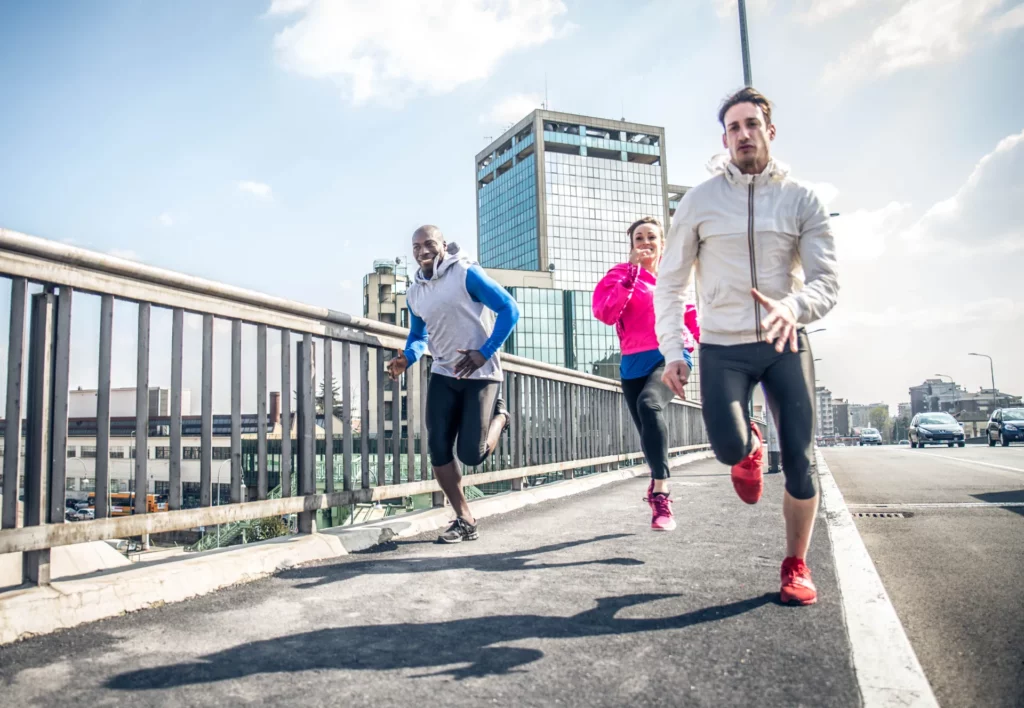Are you experiencing pain whilst running
Are you experiencing pain whilst running?
As the announcement of Coronavirus and lockdown hit and with gyms closing down along with other businesses, many of us took to the streets running in order to keep up our fitness regime.
Whether you are new to running or a regular runner, it’s very common to experience pain in your foot or feet, knees and or hip and this may only occur whilst running and will after subside. If this sounds like you, it might be time to take a look at your running style. We’ve highlighted below common causes for experiencing pain whilst running.
- A weakness in core muscles
- Tight muscles that haven’t been stretched or rolled adequately.
- Flat (pronated) feet
- Incorrect running shoes
- Plantar fasciitis– a disorder of the connective tissue which supports the arch of the foot.
- ITB syndrome (Ilio-tibial band friction syndrome)– It can cause a sharp pain or ache on the outside of your knee, which may spread down your leg.
- Achilles Tendon Pain– Achilles tendinitis is an injury that can be caused by the overuse of the Achilles tendon, the band of tissue that connects calf muscles at the back of the lower leg to your heel bone. Aquilles tendinitis most commonly occurs in runners who have suddenly increased the intensity or duration of their runs.
- Shin Splints– referring to pain along the shin bone or tibia – the large bone in the front of your lower leg.
- Anterior knee pain– occurs at the front or the centre of the knee.

So what should you do if you are experiencing any of the above pains?
The most common approach is to rest and then reintroduce running slowly, however this is not a long-term solution and it’s likely that the pain will reappear If the cause has not been addressed and treated properly.
If you are experiencing any of the above discomfort, it’s important to have it assessed by a professional immediately to ascertain the cause and its treatment.
So what can you do to avoid these types of injury?
- Seek advice and incorporate a core strength exercise programme into your exercise routine to ensure a stronger and more balanced running technique.
- Build up the distance slowly and gradually – Rome wasn’t built in a day. Increase the mileage and the pace a little at a time and your body will thank you for it.
- Ensure you have the correct shoes, suited to your running style and foot type. Many well-known sports shops offer an assessment and will guide you to find the right type of shoe.
- Incorporate a good stretching routine, focusing especially on calves, hamstrings and ITB band (lateral thigh).
- Consider investing in a foam roller or massage gun for self-massaging tight structures. These can be found online or at your local sports shop.
- Apply ice routinely after a run if there is any sign of a problem. If you can stand it, then a routine ice bath is what the professionals use post event.
If you are struggling with any of the above and would like to have an assessment, get in touch today. We have both face to face and virtual appointments available. Click here to contact us now
